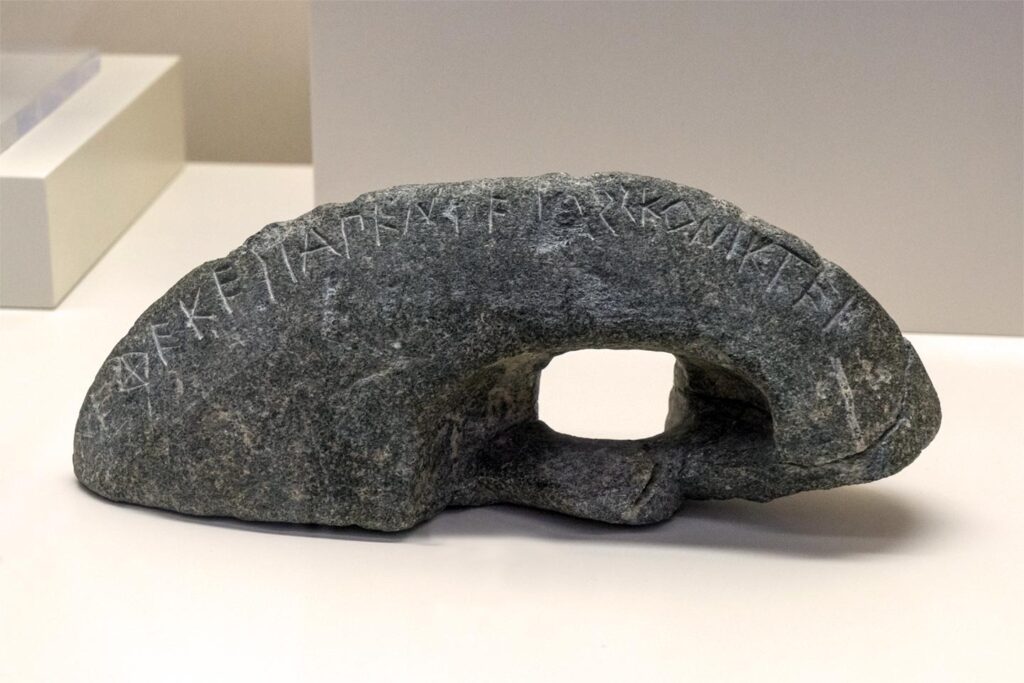
Dumbbells, one of the most iconic pieces of exercise equipment, have a long and fascinating history that dates back thousands of years. Though they are commonly used in gyms today, the origins of dumbbells are deeply rooted in ancient civilizations, evolving significantly over time to become the tool we recognize today.
The concept of resistance training with handheld weights can be traced back to ancient Greece and Egypt. The earliest forms of what we now call dumbbells were used by athletes and soldiers to build strength and endurance. In Ancient Greece, athletes used “halteres,” large stones that resembled the modern dumbbell’s shape. These were not used in the same way as today’s dumbbells, but were instead swung or held during exercises to improve strength and performance, particularly for long jump training. Similar objects were used in Egypt for both fitness and training for battle.
By the 17th century, the use of handheld weights began to resemble the dumbbells we know today. The term “dumbbell” itself was coined during this time. Early versions were typically made of wood and had a simple design: a barbell-like shape with two weights at either end. These were often hollow or filled with sand to adjust their weight.
In the 18th century, British weightlifters began to experiment with “dumb bells” (the name was used to describe the quietness of the weight’s movement, as they were used in silence unlike traditional bells). The idea caught on, and by the mid-19th century, dumbbells were becoming a staple in strength training routines, particularly with the rise of physical culture movements in Europe and America.
With the advent of industrial manufacturing in the late 19th and early 20th centuries, dumbbells became more standardized and accessible. Cast iron weights with precise weight increments became the norm, replacing the old wooden or stone versions. This marked the beginning of the modern era of weight training, leading to the professionalization of bodybuilding and strength sports.
Today, dumbbells are made from a variety of materials including steel, rubber, and vinyl, and are available in a wide range of weights and sizes. From small, adjustable dumbbells for home workouts to large, fixed-weight sets for professional gyms, the evolution of the dumbbell reflects humanity’s ongoing pursuit of strength and fitness.
The history of dumbbells is a testament to their enduring role in physical culture, from ancient civilizations to modern gyms, proving that the fundamental principle of strength training remains unchanged.



